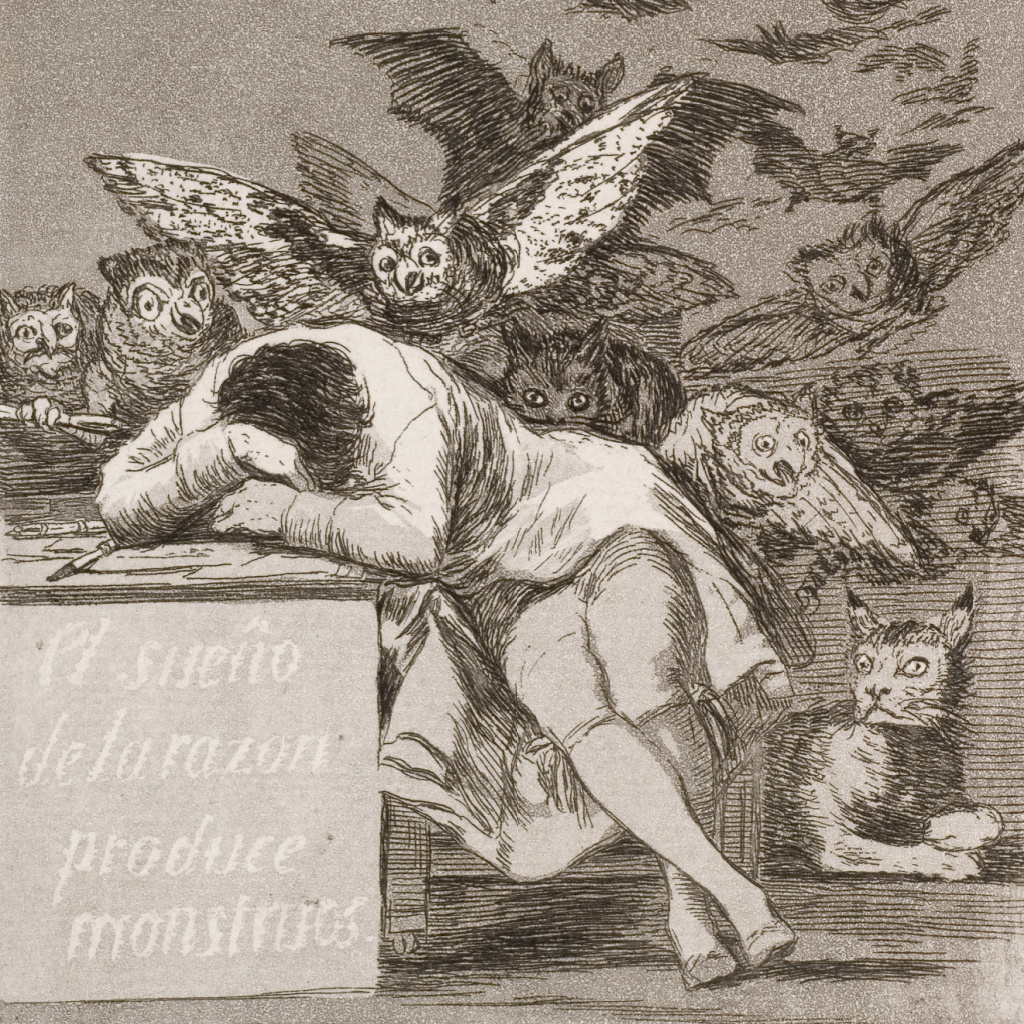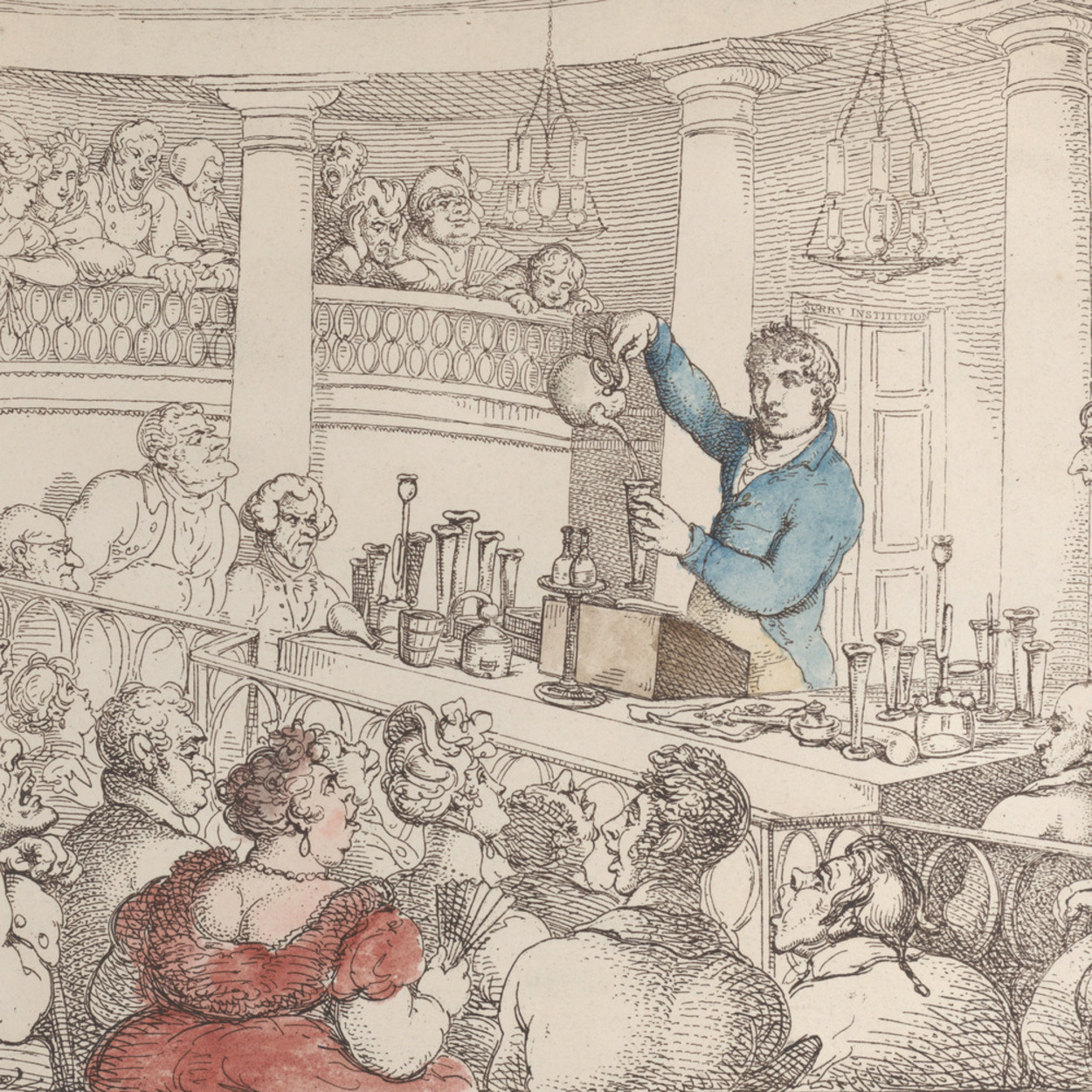We are standing on the edge of a new abortion landscape. With the conservative majority on the U.S. Supreme Court now standing at 6-3, it seems more possible than in decades that the days of Roe v. Wade are numbered—which is likely for the better. Although I’m no legal scholar, the precedent of establishing a right to abortion by finding a right to privacy allegedly implied in the “penumbra” of the First Amendment seems a little far-fetched. Beyond this questionable legal reasoning, I would argue the effects of the contested ruling have been catastrophic for the health of our republic of ideas. Many speak of this ruling as having created a black hole of political energy that has derailed any collective ability to make progress on a whole host of issues and crises confronting our society. Given that, I would argue a post-Roe v. Wade society could potentially escape the vicious cycle that has ossified our politics into an inflexible stalemate. Though not guaranteed, the prospects for positive change in the post-Roe political world are promising.
To attain this positive change, however, I would argue the pro-life movement must first work to detach itself to a greater degree from partisan politics. Although many would say that is impossible, I would point toward other issues that have not sorted perfectly along partisan lines—currently including topics like the earned-income tax credit, defense spending, and funding for national parks and monuments. Past environmental movements in the 1960s and ‘70s leading to the passage of the Clean Air and Clean Water Acts, as well as the establishment of the EPA under President Nixon, were also cross-partisan—as was the push to restrict underage drinking and combat drunk driving (spearheaded by MADD). Separation would also make it easier to consistently follow through on the broad language by which it is defined.
Politics does indeed create strange bedfellows, which is why a new strategy focusing on building a pro-life consensus outside of a single partisan political machine could help the pro-life movement avoid more PR disasters—like the four preceding years have continually brought it. I can vaguely imagine an alternate reality in which the pro-life movement is now increasing its social capital and breaking stereotypes by opening a dialogue with groups fighting for racial justice and against police brutality, by working together with environmental NGOs in a recognition of their shared belief in standing up for the sanctity and immeasurable beauty of life in all its forms, and even opening up possibilities of supporting creative initiatives like a universal basic income or other innovatively charitable measures to enrich, strengthen, and empower human life (proposals like Senator Romney’s newly-unveiled child allowance plan).
By detaching itself from the partisan-based movements of only one political side (and expanding its attachments to others), I believe the pro-life movement could become more of a widely accepted vehicle for social change. This separation would also make it easier to consistently follow through on the broad language by which it is defined. A truly pro-life movement wouldn’t, in my mind, have stood by as families were separated at the border, oil and gas leases were given away on ecologically rich and biologically diverse lands, protections for endangered and threatened species were rolled back, and the Justice Department restarted executions for the first time in 20 years. In the absence of such an expanded awareness, it’s fair to say apparent inconsistencies in commitments of the current pro-life movement will continue to weaken support among the broader public and diminish credibility.
Additionally, I would suggest the persuasion campaigns of the pro-life movement need to focus more on segments of the population that aren’t naturally sympathetic to their cause. The pro-life movement as it exists today can speak persuasively to right-of-center audiences but doesn’t seem to tailor its message much for those on the left. Trying to persuade liberals of the rightness of the pro-life platform while using conservative messaging is obviously a pointless endeavor—although that is precisely what I often observe. As someone on the center-left, I find that my questions and issues are not often addressed in this debate, if at all. Admitting the complexity of the issue, explaining how the prohibition of certain abortions will not lead to the criminalization of poverty, and stressing birth control, could all make the message more welcome to liberal audiences. Furthermore, stressing the power imbalances between the woman and the unborn child could more effectively tie the issue to the moral question of power asymmetries—a language and rationale liberals are especially likely to care about. To fight against only one symptom of this social sickness is noble yet insufficient.
Public Square Magazine’s commentary on this seemingly intractable issue has been thought-provoking and troubling (in a good way). In particular, Teryl Givens’ article, “A Latter-day Saint Defense of the Unborn,” was a direct and persuasive call to confront the most brutal aspects of abortion. The brutality of the act can be ignored or rationalized for some time, but a hard look at the procedure and its ramifications yield disturbing questions. Caitlin Flanagan’s powerful, and deeply honest, Atlantic piece grapples with some of these profound questions and expresses a powerful truth — “that these are human beings, the most vulnerable among us, and we have no care for them.” This lack of care implicates our current abortion regime, but to stop there would be a mistake. For it surely indicts our social inequity, selfish materialism, and environmental destruction as well. To fight against only one symptom of this social sickness is noble yet insufficient. Put simply, the pro-life movement’s current methods seem inadequate to achieve its stated goal.
In reading anti-abortion arguments and other material that stress abortion itself as the exclusive plank of a pro-life platform, I am often reminded of John 10:10, where Jesus clarifies that he has come to provide a way to live, but not just that. He is also committed to helping us live more abundantly. I hope that every conscientious and compassionate advocate for the unborn can extend their vision and join with other caring individuals across the ideological spectrum to not only advocate for life but a more abundant one too. I believe these advocates would find allies in surprising places, and slowly build up the political good-will and camaraderie needed to build a consensus for life. I believe this strategy would also more comprehensively target the whole range of symptoms of our national malaise–especially our lack of care for lives that seem abstract, or distinct from, our own. Ultimately, then, instead of achieving pyrrhic victories for the anti-abortion movement or reinforcing partisan effect, this ‘caring consensus’ would make our country kinder and gentler—one truly worthy of the “pro-life” label.

















